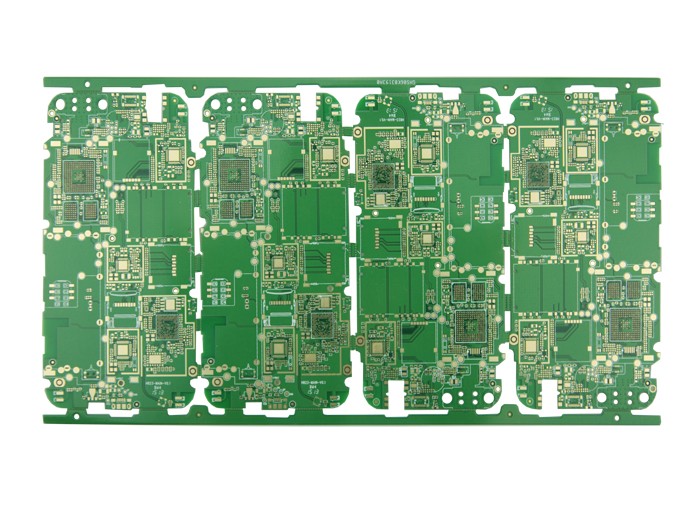Tin beads are sometimes produced during PCBA processing. This is a defect problem of electronic processing, which is generally easy to appear in production processes such as SMT chip processing. For a processing enterprise dedicated to providing high-quality services, all poor processing phenomena need to be solved. To solve a problem, we must first know the reason for its occurrence. So what is the cause of tin beads? The following professional PCBA processing manufacturer Guangzhou Pate Technology will briefly share with you what are the reasons for the tin beads produced during the SMT chip processing.

1. The selection of solder paste
1. Metal content
Generally, the metal content and mass ratio in solder paste is about 88% to 92%, and the volume ratio is about 50%. When the metal content increases, the viscosity of the solder paste increases, which can effectively resist the force generated by vaporization during the solder preheating process of SMT chip processing. The increase of the metal content makes the metal powder arranged tightly, making it easier to combine and not be blown away when melting.
2. Oxidation degree of metal powder
The higher the degree of oxidation of the metal powder in the solder paste, the greater the bonding resistance of the metal powder during soldering, and it is not easy to infiltrate between the solder paste and PCBA pads and SMD components, resulting in reduced solderability.
3. Metal powder size
The smaller the particle size of the metal powder in the solder paste, the larger the overall surface area of the solder paste, which results in a higher degree of oxidation of the finer powder, and thus the phenomenon of solder beading is intensified.
4. The amount and activity of flux
Excessive amount of solder will cause the solder paste to collapse locally and produce tin beads. If the activity of the flux is not enough, the oxidized part cannot be completely removed, which will also cause tin beads in PCBA processing.
5. Other matters needing attention
If the solder paste has not been reheated, splashing will occur during the preheating stage of the SMT patch, resulting in solder beads. The PCBA substrate is damp, the indoor humidity is too heavy, the wind is blowing against the solder paste, and the solder paste is added with excessive thinner., Machine mixing time is too long, etc. will promote the production of tin beads.
Second, the production and opening of the steel mesh
1. Opening
In the process of opening the stencil, the opening is carried out according to the size of the direct pad, so that in the solder paste printing process of SMT patch processing, it is also possible that the solder paste is printed on the solder assembly layer, which leads to the appearance of solder balls.
2. Thickness
The stencil Baidu is generally between 0.12~0.17mm, too thick will cause the collapse of the solder paste, resulting in solder balls.
Third, the placement pressure of the placement machine
If the pressure is too high during placement, the solder paste will easily be squeezed onto the solder mask under the component, and the solder paste will melt and run around the component to form tin beads during reflow soldering.
Fourth, the setting of the furnace temperature curve
Generally, tin beads are produced in the reflow soldering process of PCBA processing. During the preheating stage, the temperature of the solder paste, PCBA and SMD components will rise to between 120~150 degree Celsius, and the components must be reduced during reflow. Thermal shock. At this stage, the flux in the solder paste begins to vaporize, so that the small particles of metal powder separate and run to the bottom of the component, and when the flow is added, it runs around the component to form tin beads.